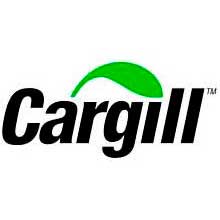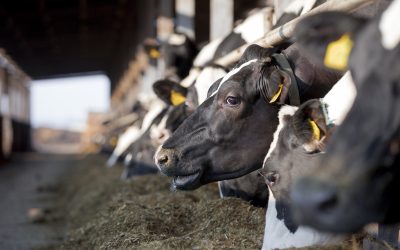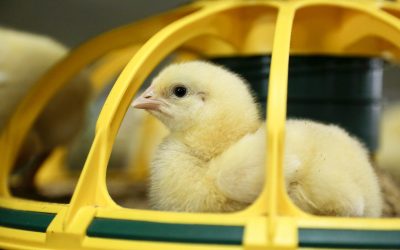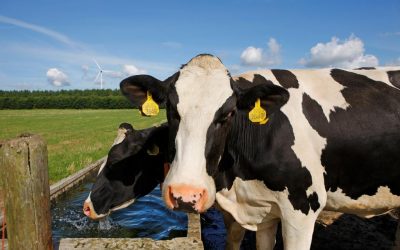Whitepaper: Control your mycotoxin risk in ruminants
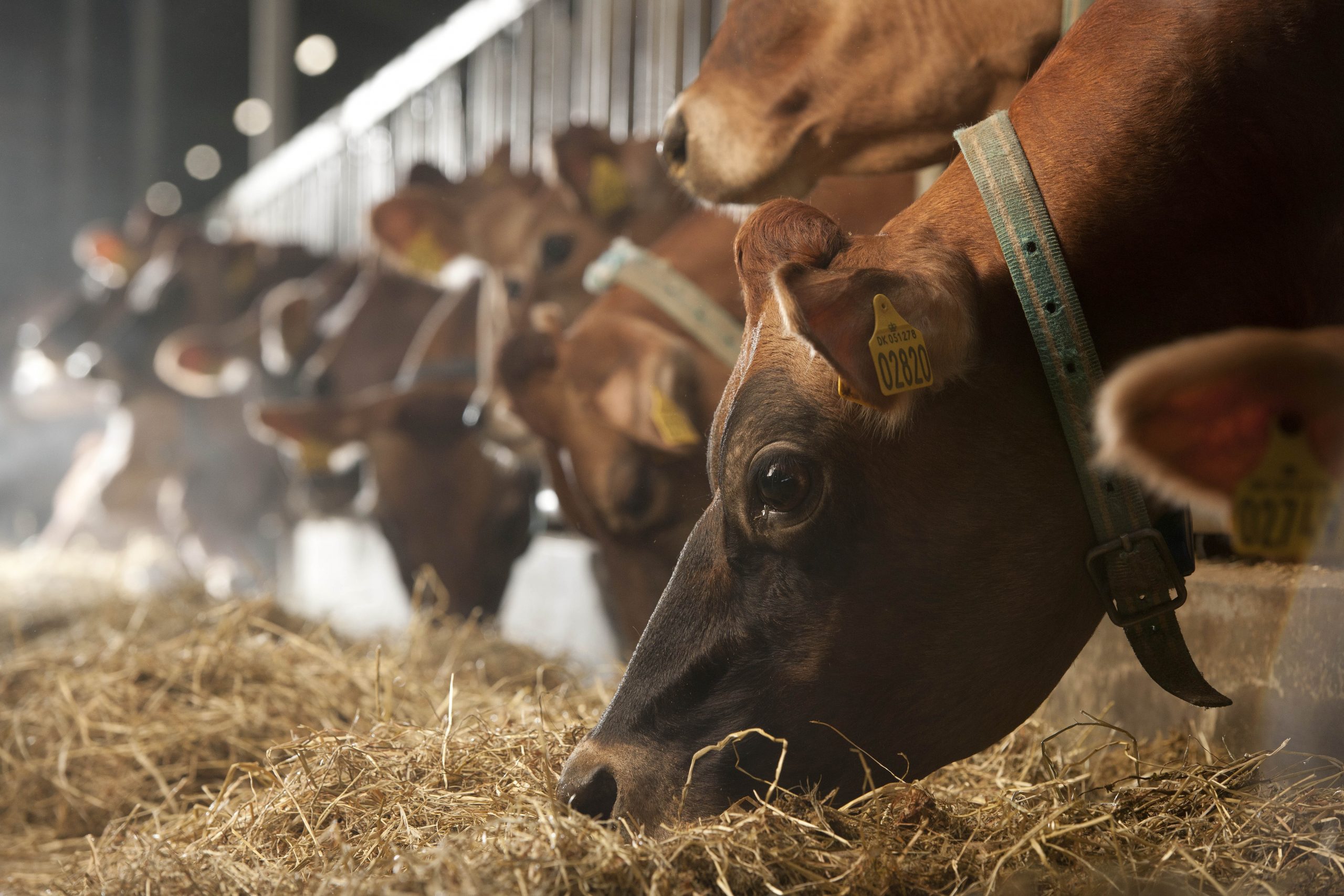
While adult cattle seem to be better equipped to deal with ingested toxins than their monogastric equivalents, calves don’t have a fully functioning rumen and are at risk. A new whitepaper on this topic delves further into the effects and solutions for mycotoxins in ruminants.
Mycotoxins are pretty much endemic in feed. Devegowda and Murthy (2005) commented that “under practical conditions, no ruminant feed is completely free from mycotoxins. Additionally, no feed can be expected to contain only one mycotoxin. The adverse effects of mycotoxins on ruminant are manifold and a clear and persistent danger”.
Mould growth in conserved forages
Conserved forages and concentrates by their very nature attract mould growth and multiple mycotoxins (Table 1). Even though cereals and concentrates regularly contain multiple mycotoxins, it is estimated that over 80% of mycotoxins fed to cattle are from forage and straw. Different mycotoxins have a synergistic and/or additive effect on each other, increasing the overall risk to dairy and beef cattle.
Diets rich in ready fermentable carbohydrates reduce the number of beneficial bacteria in the rumen drastically, disabling the mycotoxin deactivating capabilities even in adult cows.
Mycotoxin risk remains after mould is removed
Grazing systems cannot be considered completely safe as fresh grass can also be contaminated with mycotoxins. Mycotoxins will also remain active even after the moulds responsible for producing
them have been removed and are often present even when no visible mould exists. They are also chemically stable and are not destroyed by feed processing even at high temperatures. In fact, the levels of contamination tend to rise over time during storage.
Research has shown that mycotoxins are becoming more prevalent as more complex ingredients/by-products are used in feed to control animal production costs. Contamination with mycotoxins can happen both before harvest (90%) because of extreme weather conditions (drought, excessive rain or heat) or during grain storage (10%).
Winning the war before it begins
We can’t eliminate mycotoxins altogether but there are many things that you can do to get some control over the situation. Just to name a few:
Good land management: Effective land management has been shown to dramatically lessen mycotoxin load before harvest.
Prevent/minimise the risk of mycotoxins during storage of grains: keep in mind that next to humidity, temperature will have an effect on fungal growth and activity.
Proper testing of feed and raw materials: Mycotoxins may occur in feedstuff despite negative analytical results. Sampling frequency is therefore important.
Use of anti-mycotoxin feed additives: this is often used as a preventive measure. However, make sure you use the right inclusion rates.
Read more about mycotoxins in ruminants and how to control them in the new whitepaper from Cargill.


